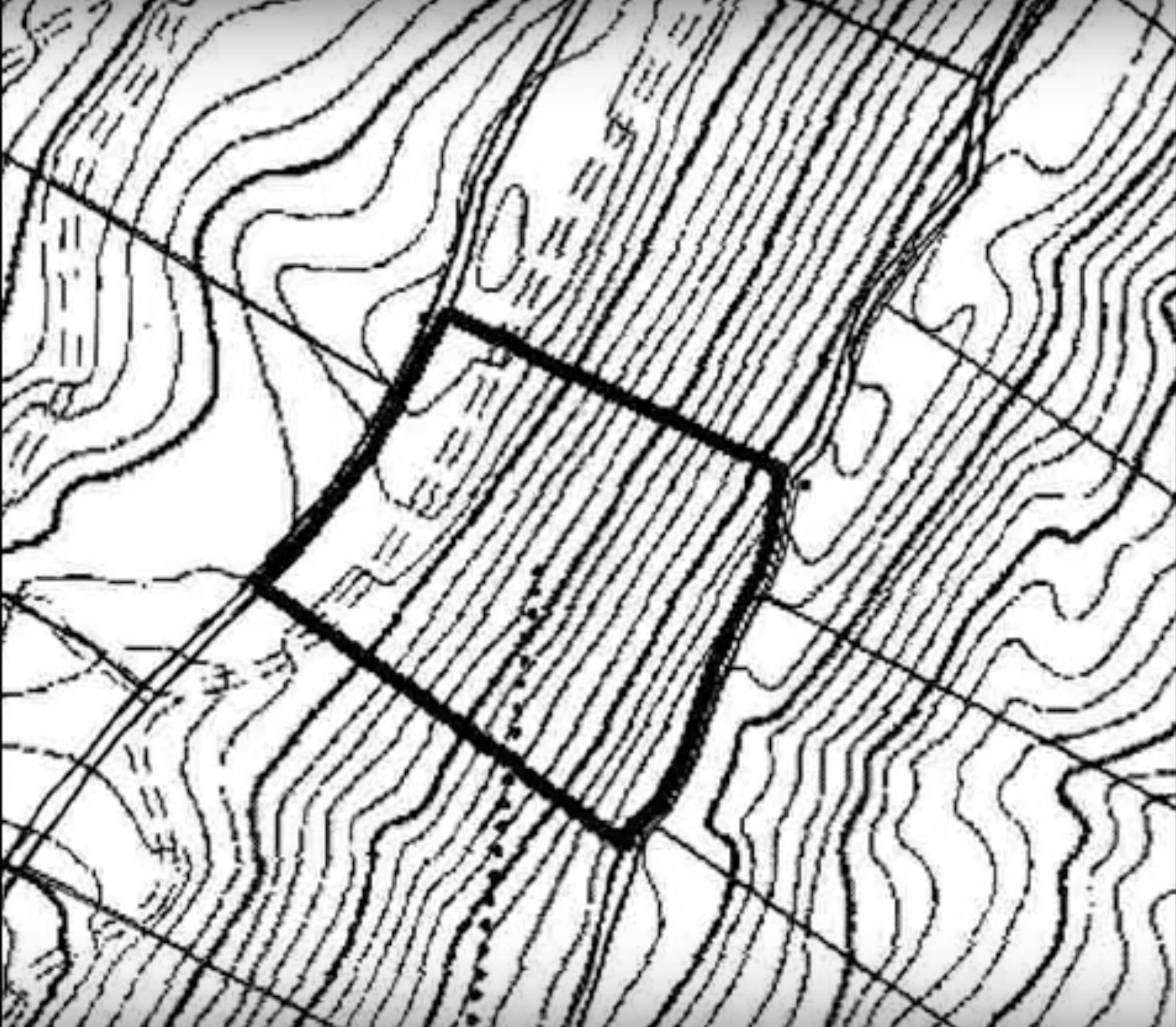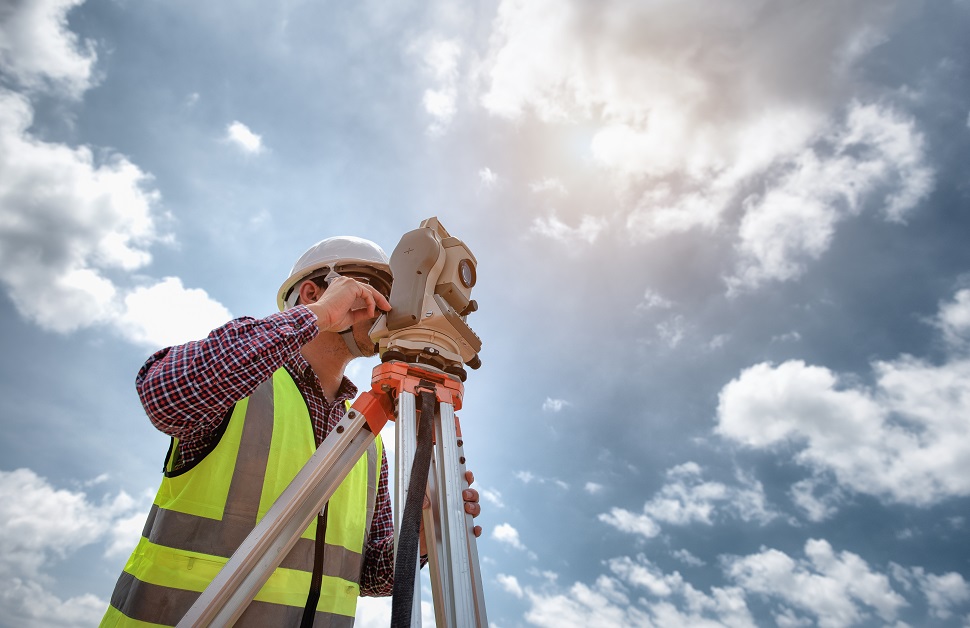The Benefits of Topographical Surveying in Construction and Planning
Wiki Article
Important Devices and Strategies in Establishing Out Design
The technique of establishing out design relies greatly on a collection of necessary tools and strategies that underpin the precision and performance of task implementation. Instruments such as property surveyor's degrees, overall stations, and progressed GPS modern technology are indispensable for establishing specific referral factors. The integration of standard methods with modern techniques, consisting of geospatial evaluation and 3D modeling, supplies significant benefits in imagining website problems. Comprehending just how these aspects communicate is essential for improving and decreasing mistakes project results, yet the subtleties of their application often remain overlooked. What implications does this hold for future design techniques?The Relevance of Accurate Measurements

The significance of exact measurements extends past simple compliance; they are indispensable to the general efficiency of engineering processes. Inaccuracies can cause worldly waste, project hold-ups, and raised labor prices, ultimately influencing the job's profits. Additionally, specific dimensions enhance the top quality of the last product, ensuring that it performs as intended and meets the expectations of stakeholders - setting out engineering.
Furthermore, the significance of accurate dimensions appears in different engineering self-controls, consisting of civil, mechanical, and electrical engineering. Each area requires a distinct technique to measurement, yet the underlying necessity for accuracy stays constant. As tasks come to be increasingly complicated, the dependence on exact dimensions will only intensify, emphasizing the need for consistent innovations in dimension strategies and innovations. Thus, fostering a society that focuses on accuracy is essential for the future of design.
Necessary Tools for Laying Out
Laying out, a vital phase in the design and building and construction procedure, depends greatly on specific devices that make sure precise location and alignment of structures. Amongst these devices, the surveyor's degree stands apart, offering precise horizontal dimensions crucial for developing referral points. This tool makes it possible for designers to figure out elevation changes and maintain uniformity throughout the job site.
The overall terminal is one more indispensable device, incorporating digital distance dimension with angular dimension abilities. This modern technology enhances performance and precision in catching spatial information, allowing for reliable site format and planning.
Additionally, the usage of gauging tapes and noting tools, such as chalk lines or stakes, is fundamental for temporarily noting boundaries and crucial points on the website. These basic devices, though easy, are important for ensuring clear communication among the building and construction group concerning task requirements.
Finally, GPS technology has actually gained traction in establishing out processes, giving real-time positioning information and considerably improving precision over standard approaches. Collectively, these vital devices develop the foundation of reliable establishing out practices, inevitably adding to the effective implementation of design and building and construction jobs.
Advanced Evaluating Strategies
Advanced evaluating methods play a pivotal function in boosting the accuracy and performance of design tasks. These techniques encompass a variety of techniques that give accurate information for style and construction. Standard techniques, such as leveling and triangulation, have actually evolved right into more sophisticated approaches, consisting of Total Terminal surveys and Worldwide Navigating Satellite Solution (GNSS)Overall Station devices incorporate digital theodolites with range measurement capacities, permitting land surveyors to accumulate precise location data with wonderful rate. This innovation substantially minimizes mistakes linked with hands-on measurements and gives real-time information processing. In addition, GNSS supplies unequaled accuracy for large-scale tasks by utilizing satellite signals to figure out exact positioning, which is crucial for ensuring and straightening structures compliance with style specs.
Along with these devices, progressed methods additionally incorporate geospatial analysis and 3D modeling. These techniques enable designers to imagine surface and site problems better, facilitating much better decision-making throughout the planning phase. By employing these innovative surveying strategies, design jobs can accomplish greater precision in design, reduce rework, and ultimately boost total project success.
Digital Innovation in Engineering
The combination of electronic innovation has actually revolutionized engineering practices, boosting both performance and precision throughout different techniques. Tools such as Building Info Modeling (BIM) assist in the visualization and monitoring of complicated tasks, enabling designers to collaborate seamlessly and make educated decisions. This technology makes it possible for the production of detailed 3D designs, which can be evaluated for architectural stability and performance prior to building and construction begins.
The application of man-made knowledge and device understanding in engineering processes additionally improves predictive upkeep and optimization of resources. Generally, digital innovation is reshaping the engineering landscape, driving development, and making sure that projects are completed with greater performance and lowered risk.
Ideal Practices for Execution
When executing digital innovation in engineering, it is crucial to develop a critical method that straightens with task goals and business capabilities. A complete evaluation of existing workflows and innovation facilities is essential to determine gaps and opportunities for improvement. Involving stakeholders early while doing so cultivates partnership and makes certain that the innovation meets customer needs.
Job managers ought to embrace a repetitive execution strategy, enabling changes based upon real-time feedback and efficiency examinations. This dexterous approach not just minimizes dangers but additionally advertises continual renovation by incorporating lessons discovered.
Final Thought
To conclude, the assimilation of vital tools and progressed strategies in establishing out design is crucial for making certain accuracy in measurements and effective task execution. Employing tools such as land surveyor's levels, total terminals, and GPS modern technology, along with modern-day surveying approaches, improves precision and lowers the likelihood of mistakes. Embracing best practices in application further enhances get more these processes, inevitably promoting improved job end results in the design and building and construction sectors.The self-control of establishing out engineering depends greatly on a suite of vital tools and strategies that underpin the accuracy and performance of task implementation.In addition, the value of exact measurements is evident in different engineering techniques, consisting of civil, mechanical, and electric design. By utilizing these sophisticated evaluating techniques, design projects can accomplish better accuracy in layout, lower rework, and eventually boost total task success.
Generally, electronic modern technology is improving the design landscape, driving innovation, and making sure that jobs are completed with greater efficiency and decreased helpful resources danger (setting out engineering).In verdict, the combination of essential tools and progressed methods in setting out design is important for guaranteeing precision in measurements and effective project implementation
Report this wiki page